
![[sort:pic]](/template/default/images/banner/3-3.jpg)

Lean management provides customers with high-quality services and a visible panoramic view of the prosperous era.
Share
US Customs Clearance | Clear in One Go? Smooth Pickup? Key Things to Know for Destination Port Customs Clearance
In today's globalized world, export business has become one of the most important operations for many enterprises and merchants. The United States, being one of the largest economies in the world, naturally attracts a large number of foreign trade companies and cross-border e-commerce businesses as their export target market.
However, in order to successfully export to the United States, in addition to high-quality products and effective market strategies, there is one critical aspect that must be understood: destination port customs clearance.
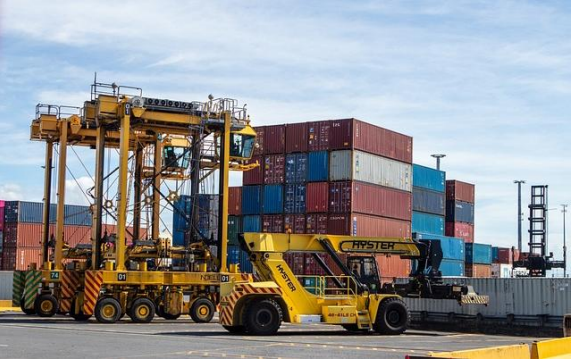
Customs clearance, also known as "customs closure," refers to the procedures required by law when importing or exporting goods across a country's border.
For imported goods, once customs declarations, inspections, tax assessments, and releases have been completed, all entry obligations must be fulfilled before the goods can be released. At this point, the logistics company can collect the goods and deliver them.
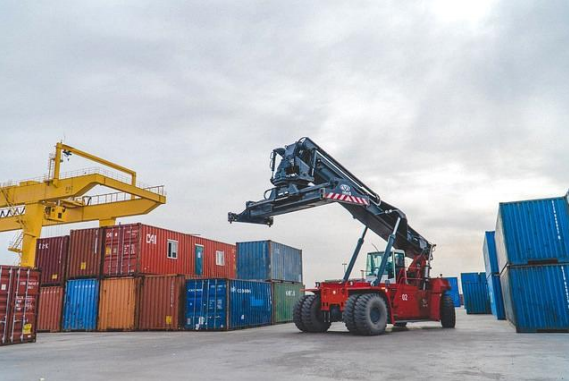
In simple terms, goods entering one country from another must go through the required customs clearance procedures. Otherwise, the goods will face penalties under the other country's laws. The primary goals of customs clearance for all nations are twofold: first, to ensure that the goods comply with legal regulations, and second, to collect tariffs to maintain trade balance between the countries.‘’
When exporting to any country, it is essential to follow that country’s specific customs clearance rules. In the case of exporting to the United States, regardless of the chosen customs clearance method, the US recipient’s Tax ID number (TaxID), which is a unique tax identification number registered with the IRS, must be used for clearance.
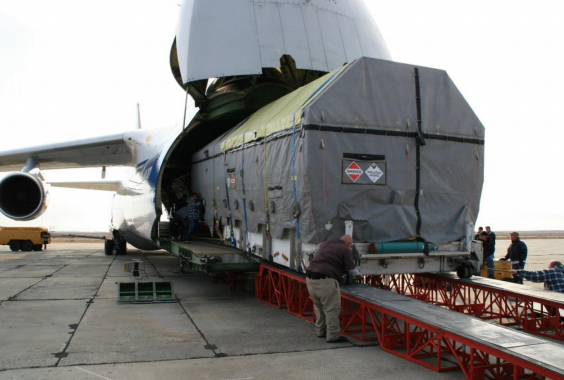
In addition, a BOND must be purchased and filed with US Customs. A BOND is a type of "insurance" and a "pass" that guarantees the smooth customs clearance process. Without it, goods could be detained, making customs clearance much more difficult and costly. Thus, purchasing a BOND is an important step in ensuring the smooth customs process.
Click here for more information about BOND
To ensure a successful customs clearance, the following documents are also required:
● Bill of Lading
● Invoice
● Packing List
● Arrival Notice
● Phytosanitary Certificate (if there is wood packaging) or Non-Wood Packaging Declaration.
1. Bill of Exchange
Exchange the Bill of Lading (D/O) at the freight forwarder or shipping company based on the type of Bill (HB/L for freight forwarder bills, MB/L for carrier bills).
2. Electronic Declaration
Pre-enter the data into the system, review the documents, send them, and communicate with customs for clearance.
3. Inspection
After the electronic declaration is approved, take the customs declaration copy to the inspection agency for quotation procedures and obtain a clearance certificate or stamp from the inspection authority.
4. Field Transfer
A customs field transfer document (if the goods require inspection).
5. Inspection
Customs may require inspection based on the declared goods. If necessary, an inspection notice will be issued.
6. Tax Invoice
Customs will issue a tax invoice for the duties that need to be paid.
7. Release
Once everything is processed, customs will release the goods.
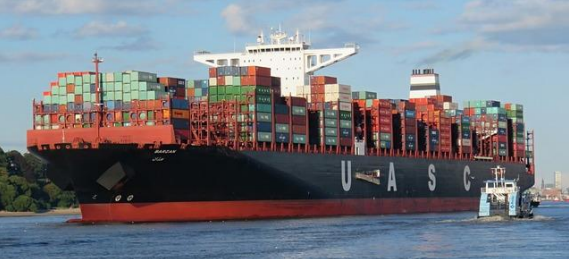
It’s important to note that the above process may vary depending on the specific situation. Additionally, all documents and details must comply with regulations to avoid delays caused by incorrect or incomplete information.
Customs clearance usually takes 1-5 business days. However, if special conditions such as inspection or valuation arise, the process may take longer.
For foreign trade merchants and cross-border e-commerce sellers, here are three key tips to ensure fast and efficient customs clearance:
1. Allow Sufficient Time: Always allocate enough time for customs clearance to ensure goods enter the target market on time.
2. Stay Updated: Keep track of customs clearance progress and any changes in regulations to avoid business delays.
3. Declare Correctly: Ensure that the goods are declared according to the customs requirements, including accurate descriptions, quantities, weight, value, and any necessary certificates for special items.
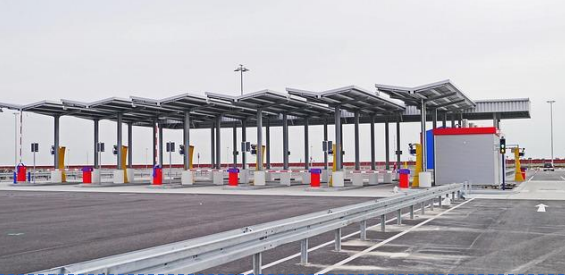
However, at times, foreign trade merchants and cross-border e-commerce sellers may find themselves stretched thin. In such cases, it's best to leave the work to professionals who can provide expert assistance.
Shengshi Group, founded in 1973 as a customs brokerage in San Francisco, is headquartered in Los Angeles and specializes in full-port customs clearance, transportation, and warehousing services in the United States. As a local US customs broker, Shengshi Group has over 50 years of experience and an in-house team of Green Card holders who specialize in customs clearance for Chinese goods. In 2003, the company obtained C-TPAT (Customs-Trade Partnership Against Terrorism) certification and currently owns more than 300 self-operated trailers and chassis, distributed across the US. With our rich customs clearance experience, we provide valuable assistance to sellers in clearing goods smoothly.